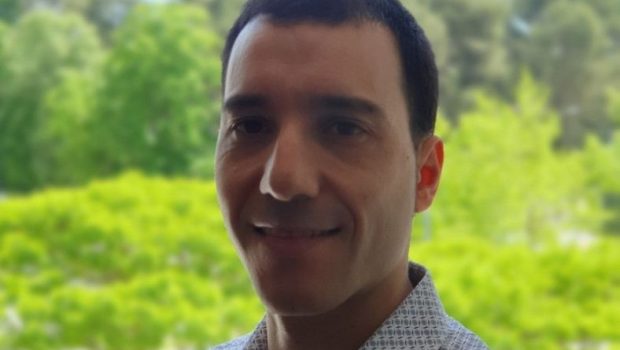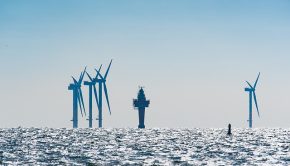A day in the life of a wind turbine blade assessor –
A day in the life of a wind turbine blade assessor –Wind turbines are complex machines made up of many components. They tower over their ancestor windmills with long, thin long blades. Their design and maintenance require careful consideration, of the materials used to build them and the climate and weather conditions they are exposed to.
They come in many sizes. Large, utility-scale turbine blades may be more than 75 meters long, so that the rotor diameter is over 150 meters – larger than the length of a football field. Turbine towers can reach 100-150 meters tall. In total, if such a blade were pointing upright, the entire structure could be anywhere from 175-225 meters tall.
Safety first
Manufacturers must ensure their turbines can endure extreme winds. They must also be able to handle fatigue loads, since blades can bend in fluctuating winds and forces. Tall wind turbines also sway back and forth, causing blades to vibrate. One way to do this is through certification.

IECRE, the IEC System for Certification to Standards Relating to Equipment for Use in Renewable Energy Applications, offers third-party certification of wind energy equipment and services to consensus-based international standards. This ensures safety and reliability which reduces risks, streamlines costs and enhances market access. IECRE also covers solar photovoltaic (PV) and marine energy equipment.
Daniel Aranguren is a Peer Assessor for the IECRE System. He is an engineer at the National Renewable Energy Center of Spain, (CENER) and conducts blade assessments in the Wind Turbine Test Laboratory (LEA), according to IEC Standards.
What is the process for testing a blade?
IEC 61400-23, Full-scale structural testing of rotor blades, states that the blades of a wind turbine are one of the most critical components of the entire wind turbine generator system, and the main purpose of the tests is to verify that the whole population of a blade type fulfils the design assumptions.
To accomplish this task the blade must undergo a complete testing campaign, mainly comprised of:
- Static load tests: assess the ability of the blade to withstand the most severe design load conditions. For this purpose, the load is applied at a low velocity in several sections of the blade until test loads are reached. Usually this test is performed for different load distributions or orientations, in order to represent the different extreme load cases.
- Fatigue tests: assess the ability of the blade to withstand fatigue loads, that is to say, the objective is to apply cyclic loading to reproduce, in an accelerated way, the overall fatigue life of the structure.
- Test for determining other blade properties, such as mass, center of gravity or vibration modes and the lightning protection system (LPS).
What are some of the challenges?
For most blade testing facilities, including our laboratory at CENER, blade length is becoming the major challenge. Blades are getting longer, and no one knows, or can anticipate, where the final limit will be. This poses huge technical challenges for testing laboratories to construct new facilities to meet manufacturers needs and try to foresee the future path of this industry. It’s a complex task to correctly size and, therefore, determine the investment to be made.
What does an IECRE Peer Assessor do?
As Peer Assessor, I manage all technical aspects during the whole assessment process. My primary task is to make sure that applicants meet the requirements defined in the IECRE rules.
My main task as a blade test engineer involves designing and performing structural tests on full-scale blades according to international standards. This means defining the technical specifications of the tests and the management and commissioning of measurement equipment and test tooling. Once the tests have been carried out, testing measured data is post-processed and used for the test report. This final product is delivered to the customer.
The process, once the assessment team (Lead and Technical Assessors) is formed, is as follows:
- Set up an online meeting to clarify what the process will be and agree assessment date.
- Before the onsite visit, the assessment team usually requests some documents for review in advance.
- Carry out onsite visit – from one to three days.
- Once onsite, hold introduction meeting: Give an overview of the assessment process and hear presentation of the company to be assessed.
- Assessors then visit the facilities accompanied by laboratory staff.
- The assessment team splits into two and begins tasks. This is typically a collaborative job between the applicant and the assessor. For me, this is the most interesting part of the process. It offers all the people involved the opportunity to hold very useful discussions and it’s an invaluable chance to talk to colleagues doing the same job in other locations.
- Once completed, the assessment team meets to discuss findings and a close out meeting with the applicant staff is carried out to provide outcomes.








